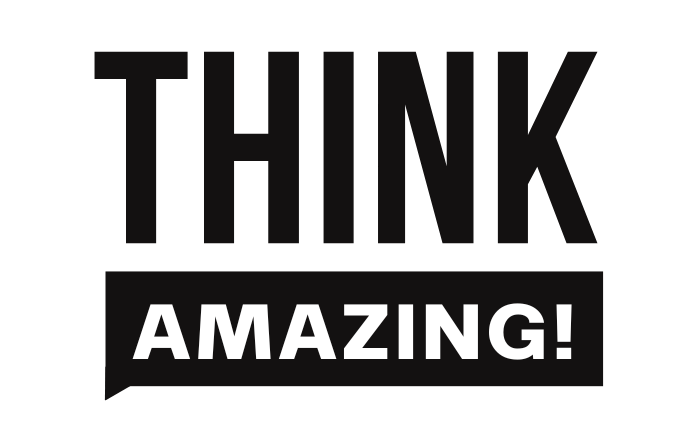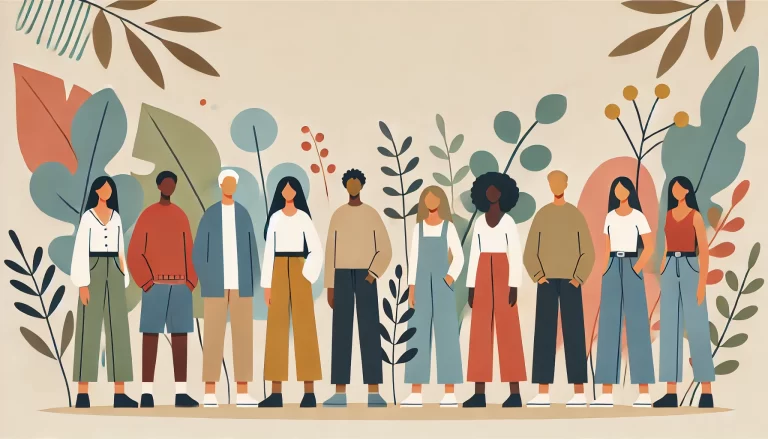Empowered by Design: A Purpose-Based Approach to Advancing Economic Opportunity
In today’s cultural and economic landscape, we are witnessing an invisible epidemic—one not marked by illness, but by disorganization, disorientation, and disengagement. People are navigating life without clarity, purpose, or power; they have the ambition, but they lack the tools to activate it. The gap between what people carry within and what society makes room for on the outside is growing wider. Simply put: when people don’t know who they are, they don’t know what they can do. And when the systems surrounding them are designed for the informed, the resourced, and the connected, those without economic tools are left out—twice: once by design, and once by default.
The conversation becomes one not only about poverty, but more about access, design, and dignity. A society cannot thrive when its systems reward knowledge but withhold blueprints, celebrate innovation but ignore the conditions that prevent people from dreaming. Our challenge, then, is not to create more opportunities, but to reconstruct how people access them. We must begin with the understanding that identity and economic empowerment are deeply connected—and that designing systems with purpose at the center is the only sustainable path to equity.
The Four Barriers Blocking Purpose-Driven Economic Opportunity
Structural Exclusion
Our systems—educational, financial, and professional—are created to reward access: access to capital, networks, mentorship, and information. But those very systems often exclude the people who could benefit most. If you don’t have the tools, you don’t get to play the game. Economic exclusion, then, isn’t just about income—it’s about gatekeeping knowledge and opportunity.
Information Poverty
We often underestimate how debilitating a lack of information can be. Economic systems are complex, and navigating them requires language, literacy, and lived experience. Many people aren’t just under-resourced—they’re uninformed, and no one has shown them how the system works. Without access to actionable knowledge, confidence dies, and with it, the motivation to even try.
Purpose Erosion
Even the most purpose-driven individual can become disillusioned when their gifts and passions lack a viable platform. Over time, this disconnect between internal calling and external opportunity fosters disengagement. The result? Purpose is no longer a compass—it becomes a burden, a dream deferred that gets misdiagnosed as laziness or lack of direction.
Cycle Reinforcement
Generational poverty, identity confusion, and systemic trauma don’t operate in isolation—they reinforce each other. People stuck in survival mode aren’t void of potential; they’re just too overwhelmed to access it. Without intentional disruption, the cycle repeats—one generation after another hustling without healing, drifting without design.
A Framework for Rebuilding
If identity is the seed, economic tools are the soil. Without both, nothing grows.
This is why any serious conversation about economic opportunity must begin with a human-centered framework—one that starts with identity and purpose, not just performance and productivity. Empowerment isn’t simply about financial independence; it’s about internal ownership. When a person knows who they are and has the tools to act on it, they don’t just participate in the system—they shift it.
The path forward demands a design approach that integrates vocational clarity, accessible resources, and systems that honor dignity as much as data. It’s not enough to tell people they can rise; we must build structures that make rising possible.
Reframing Our Responsibility
Empowerment by design is more than a strategy—it’s a responsibility. For academic leaders, policy-makers, educators, and practitioners, the question is not whether people have potential. The question is whether we are willing to design environments where that potential has permission—and the tools—to become power.
This begins with small, intentional shifts: integrating purpose formation into educational curriculum, rethinking workforce pipelines to be more inclusive of lived experience, and making mentorship as standard as metrics. It means asking better questions in classrooms, boardrooms, and city halls—questions that center people, not just performance.
We don’t need more programs—we need more purpose, embedded in every layer of design.
Notes
Verses on Identity and Worth
- Genesis 1:27: “So God created mankind in his own image, in the image of God he created them; male and female he created them.”
→ Every person carries innate value, dignity, and creative power. - Ephesians 2:10:“For we are God’s handiwork, created in Christ Jesus to do good works, which God prepared in advance for us to do.”
→ Our design is intentional; we were made for meaningful contribution. - Jeremiah 29:11:“‘For I know the plans I have for you,’ declares the Lord, ‘plans to prosper you and not to harm you, plans to give you hope and a future.’”
→ God’s design for people includes growth, hope, and flourishing—not destruction or stagnation. - Proverbs 13:23:“An unplowed field produces food for the poor, but injustice sweeps it away.”
→ Opportunity often exists, but systemic injustice prevents access—this calls for intentional equity-building. - Psalm 82:3–4 (NIV):“Defend the weak and the fatherless; uphold the cause of the poor and the oppressed. Rescue the weak and the needy; deliver them from the hand of the wicked.”
→ We are called to active intervention; to restore the vulnerable—not passive charity. - Micah 6:8:“He has shown you, O mortal, what is good. And what does the Lord require of you? To act justly and to love mercy and to walk humbly with your God.”
→ The blueprint for systems isn’t complicated: justice, mercy, humility.






